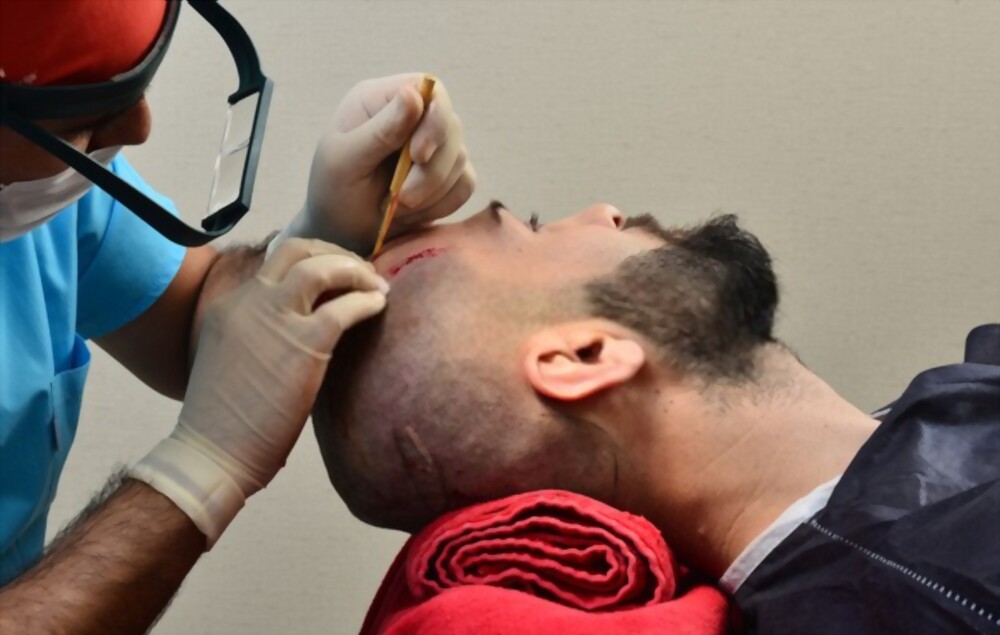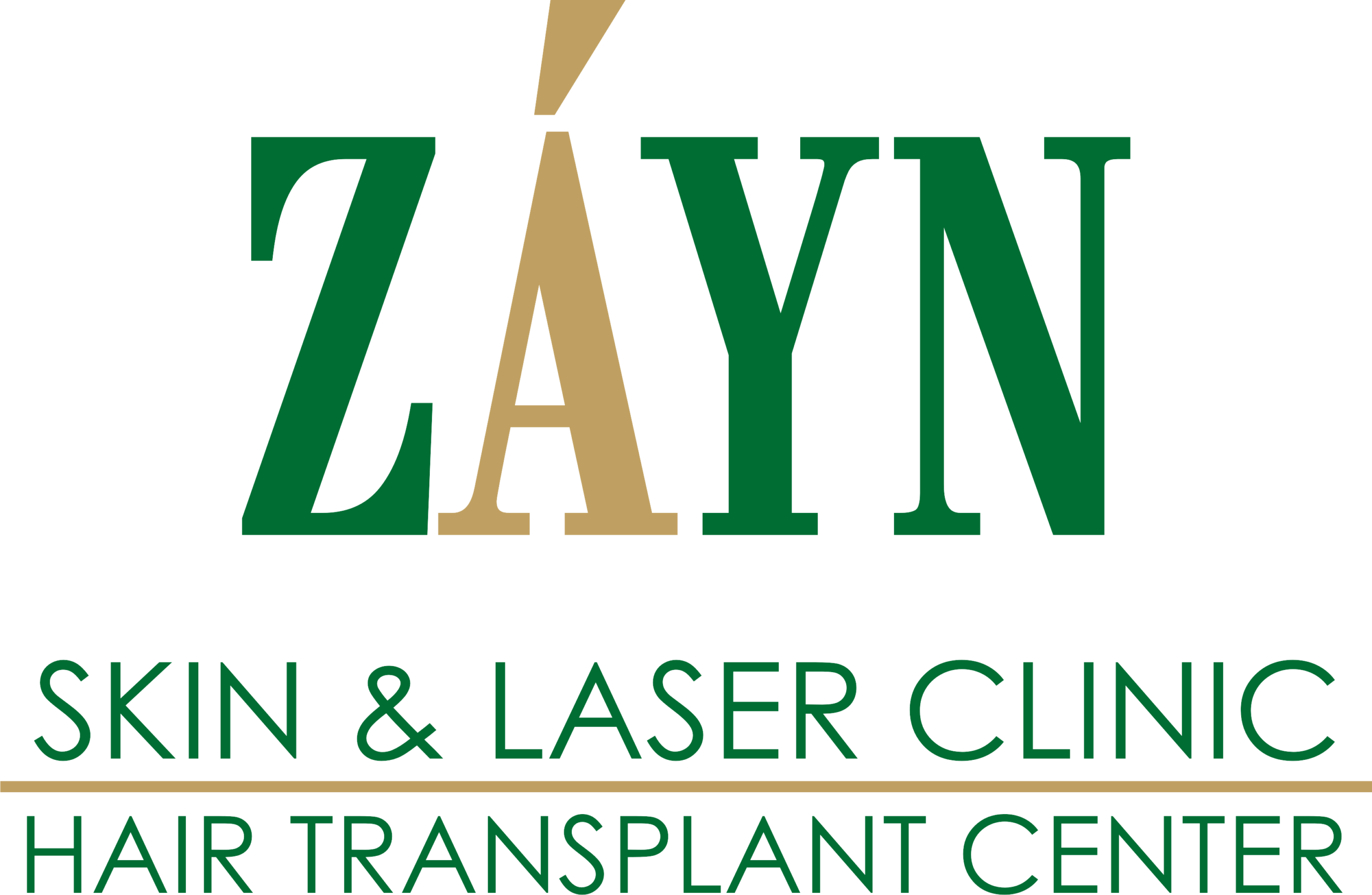Hair Transplantation
Hair follicles are cherry picked from the donor area of the patient. The donor area is the area present behind the scalp between the ears also called the occipital zone.hair follicles are then implanted one by one directly to the thinning are that needs to be covered. Each hair follicle is placed in a specific direction, angle and depth, providing 100% natural results and maximum viability and coverage.

Hair fall is due to the action of hormone present in the body called dihdrotestosterone. This hormone acts of a receptor present on the hair and causes it to fall. The donor area hair are designed by god in such a way that they do not have the receptor for this hormone on them, and hence this naturally occurring hormone is unable to act on these hairs and hence these implanted hairs continue to grow throughout a persons lifetime and do not fall out.
Hair transplantation is performed as a day care surgery under local anesthesia. You will be discharged on the same day after the procedure is completed. The procedure is completed in around last 6-10 hours depend on the amount of grafts being transplanted.Modern techniques of surgical hair transplantation can restore permanently the lost hair and replace or re-shape your hairline with your own natural, growing hair, which need no more care than the ordinary washing, styling, and trimming you have always done. Transplantation can be done today so well that often a barber or stylist cannot even tell that grafts have been placed.
Hair transplantation involves random extraction of permanent follicular unit grafts form the back and/or sides of the scalp (donor area). These small grafts are then meticulously planted into the bald or thinning area of the scalp (recipient area) so as not to injure any follicles already existing in the area and at the same exact angle and direction as the other existing hairs present. The creation of very small follicular unit grafts has enabled the hair surgeon to create very natural, feathered hairlines, which do not have the abrupt, pluggy look that was commonly seen in hair transplants of years past.
We are currently doing hair transplant exclusively with follicular unit grafts by latest FUE technique, Depending on the degree of baldness in the frontal, temporal ,mid-scalp, and vertex (crown) areas, the number of grafts required by a person varies tremendously, based on the area of potential baldness, the patients safe donor supply, the textural characteristics of the patients hair and the specific goals of the patient.
Testimonials



